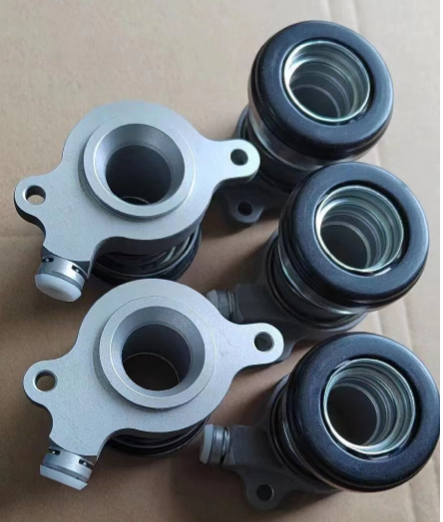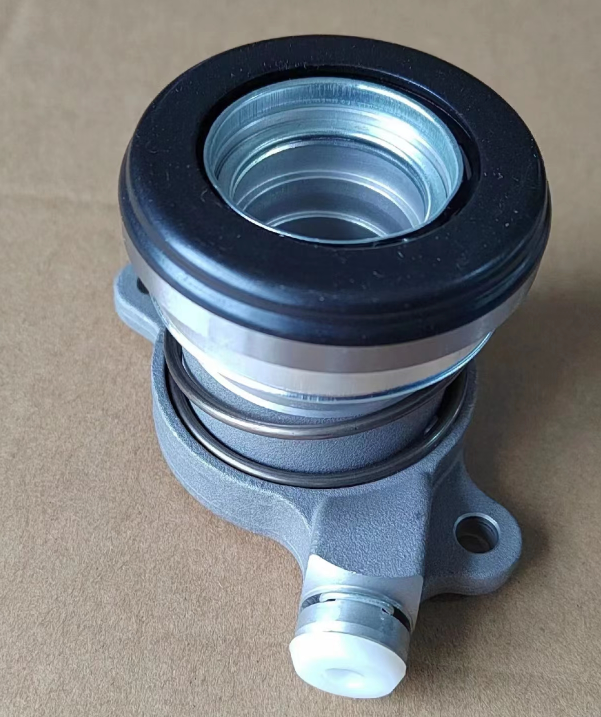Hydraulic Throwout Bearing Style
Hydraulic Throwout Bearing Style: In the current market, you can find many types of hydraulic release bearings, and the current factory can also make some customization according to your needs. In our factory, we not only have large quantities of hydraulic release bearings, which can meet the requirements of matching most OE models of hydraulic release bearings, but also we will make some customization according to customer requirements. First, we will use drawings to make adjustments for customer confirmation, Then start to sample for customers, so if you just need hydraulic release bearing and have some special requirements, you can tell us.


Hydraulic Throwout Bearing Style
Hydraulic Throwout Bearing
Pneumatic Release Bearing
Clutch Release Bearing
Hydraulic Throwout Bearing Style
No matter how different the styles of the Hydraulic Throwout Bearing , their product names are always similar. Many users also call the hydraulic release bearing and clutch Hydraulic Throwout Bearing . The starting mode is hydraulic.
When a driver wants to change gears, a manual gearbox system will disengage the clutch using a type of bearing called a hydraulic throwout bearing. When the clutch pedal is depressed, the throwout bearing, which is attached to it, engages. The throwout bearings returns to its initial position after the pedal is removed, reengaging the clutch and permitting regular operation of the transmission.
A little amount of hydraulic fluid is used to actuate a piston that moves the bearing in the hydraulic throwout bearing. The fluid is driven via a narrow path when the clutch pedal is depressed, moving the piston and engaging the throwout bearing. As a result, the driver can effortlessly and smoothly change ratios without having to manually disengage the clutch.
Hydraulic throwout bearings| hydraulic release bearings,
If you say that the operating market just needs this product, please contact us now.
Hydraulic Throwout Bearing Style
Contact Info
Get an Quotation Today!
Email: [email protected]
Company: Orient Auto Part Company
Cell/Whatsapp : 0086 – 13758150719
Address: Tonghui Road,Xiaoshan,Hangzhou,Zhejiang,China
